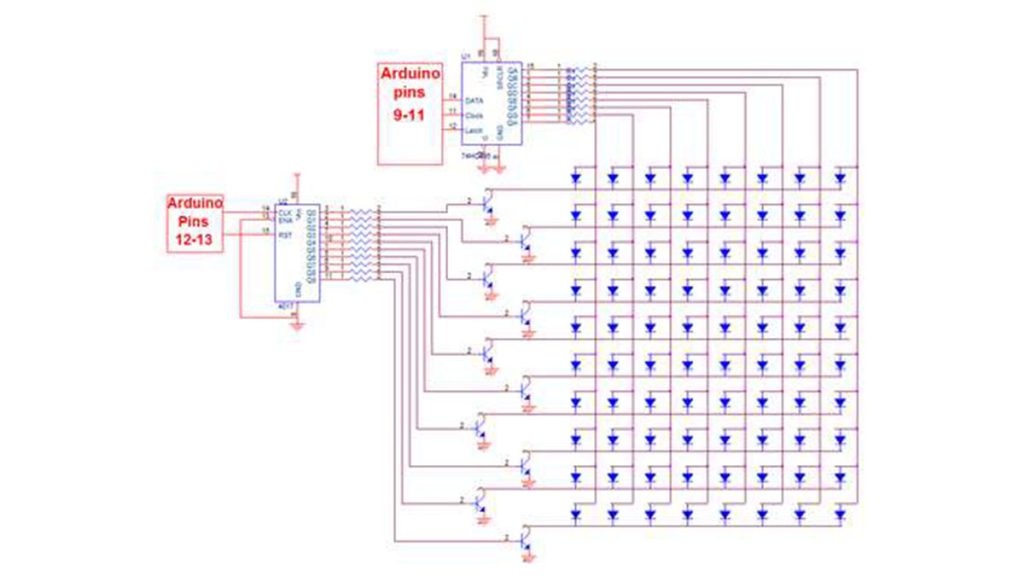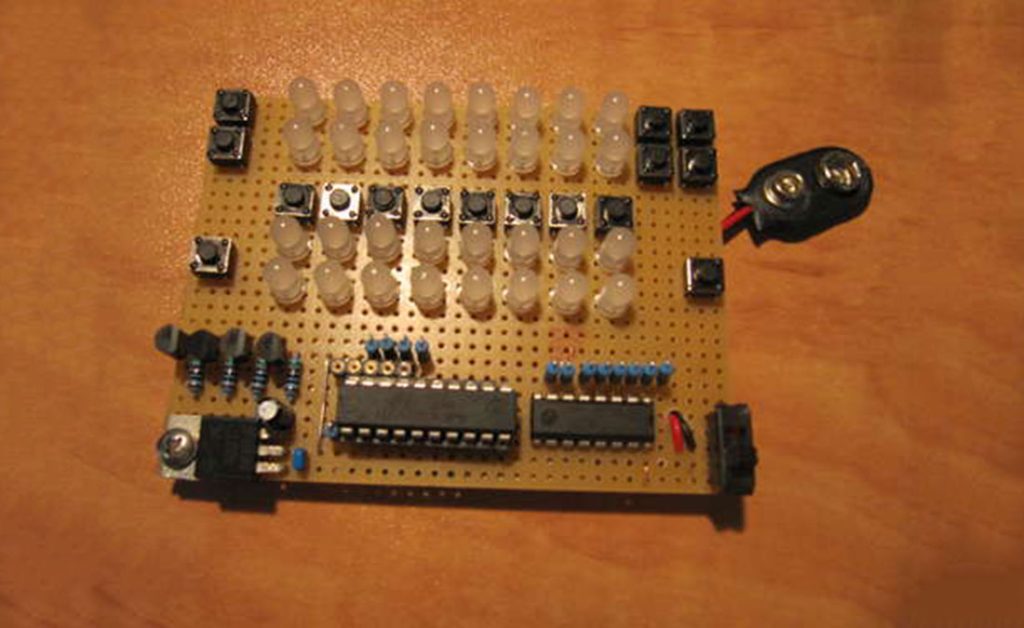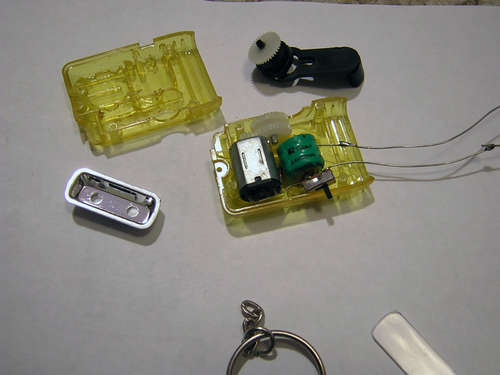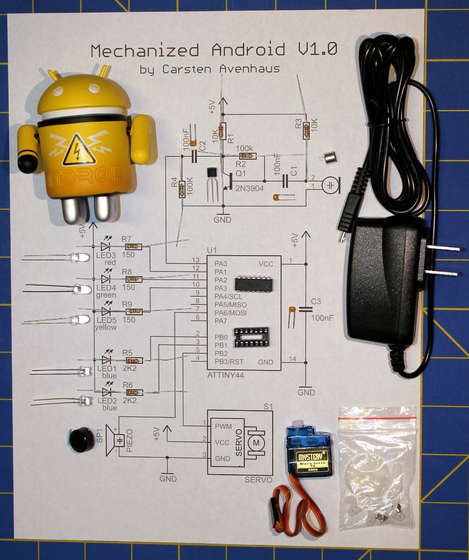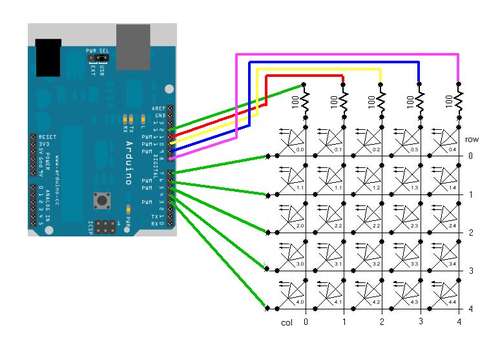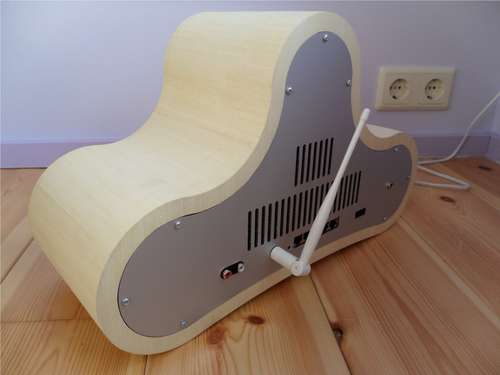LED Cube 4x4x4 using Microcontroller Atmega16
Amazing 3 dimensional LED display. 64 LEDs makes up this 4 by 4 by 4 cube, controlled by an Atmel Atmega16 microcontroller. Each LED can be addressed individually in software, enabling it to display amazing 3d animations! 8x8x8 LED cube now available, by popular demand: http://www.instructables.com/id/Led-Cube-8x8x8/ First of all, you need quite a bit of […]

